Last year we reported on the new Nissan Leaf that had just launched, but unfortunately it has taken a while to land here in Australia. Now it is here and available to purchase with delivery expected from the beginning of August.
The new Leaf brings a new styling and does not look as ‘futuristic’ as some electric vehicles out there, but it’s definitely a compact vehicle. For those who want a car to run about town that blends in then this is for you.
Packing a much larger battery (40kWh now) the new Nissan Leaf can power your house if you want, easily. With a range of 270km it can be driven for a reasonably long time before needing more juice. When more juice is required, simply plug in at any fast charger out and about using the CHAdeMO plug and get up to 50kW charging.
Nissan has partnered with Chargefox to provide discounted recharging when not at home. At home on a specially-installed Type 2 plug you will get a maximum of 7kW, and if you just want to plug it into a standard 10A wall socket, you will get trickle charging.
The new Leaf supports bidirectional charging meaning that you could effectively charge your car battery during the day using solar (or the free charger at your local supermarket) and then plug your car into the charger at night and use the power stored within the battery to provide all the power requirements for your house — and still have enough left over to get you where you need to go the next day. Seems like this would stress the battery a lot but Nissan provide an 8 year warranty on the battery, so stress away!
Inside, the new Leaf is equipped with an 8-inch multimedia display which supports Android Auto and Apple Car Play. There are also inbuilt maps that Nissan have provided but like most car manufacturer maps, they aren’t wonderful – good if you don’t have a compatible phone, but really, everyone does. Stick with Google Maps within Android Auto.
Naturally, when the opportunity to take the new Leaf for a spin came up, you can be we accepted the offer.I put the new Leaf through its paces around the streets of Melbourne. The car itself showed the usual torque you’d expect from an electric car, at all levels — the torque was present even when starting at 80km/hr and then planting the foot all the way to 100.
At under $50k, Nissan had to cut some corners. There’s a very bare-bones instrument panel with an old-school speedo needle rather than a digital display. A HUD would also have been nice. The car itself was nice to drive, although the steering did not seem as responsive as my souped up SS … but that’s hardly surprising.
Nissan has a function called e-pedal which they insisted everyone try. It’s similar to what most electric vehicles offer, which is essentially one-pedal operation. To accelerate, push the accelerator down. To brake, lift your foot up and the car brakes, slows, and stops. For those who’ve never driven an electric vehicle, think of it as kind of like a dodgem car – push to go, don’t push and you’ll stop.
Bonus feature? No need to keep your foot on the brakes at traffic lights .. though for safety, you probably should.
Despite the relatively affordable price tag, the interior was comfortable and pleasant, and while you could probably fit four adults relatively comfortably, this is a compact car designed – ultimately – for use around town. For carrying more than two people comfortably for longer periods, you might look elsewhere, but if you must, the new Leaf will get you there.
For me and my family’s needs, this isn’t really a car I could get away with. I prefer something a bit larger with a bit more comfort and technology. If you’re not wedded to electric car tech just yet, that (just under) $50k could go a long way to a very luxurious larger vehicle .. but in the electric space, this is just about the best value you’ll find.
For those though who only need a small car and want one from a trust worthy, proven company who has been in the EV game for a long time and don’t want to pay too much then this could be the car for you.
The new Nissan Leaf comes with a five year warranty and an eight-year, 160,000km warranty on the battery. If the battery degrades more than 25% in that time, Nissan will replace it free of charge.
The new Leaf is available for pre-order now at Nissan for $49,990 (before on-road costs, dealer delivery etc) with delivery expected from the beginning of August.
Scott attended a test drive day in Melbourne with Nissan to try out the new Leaf.

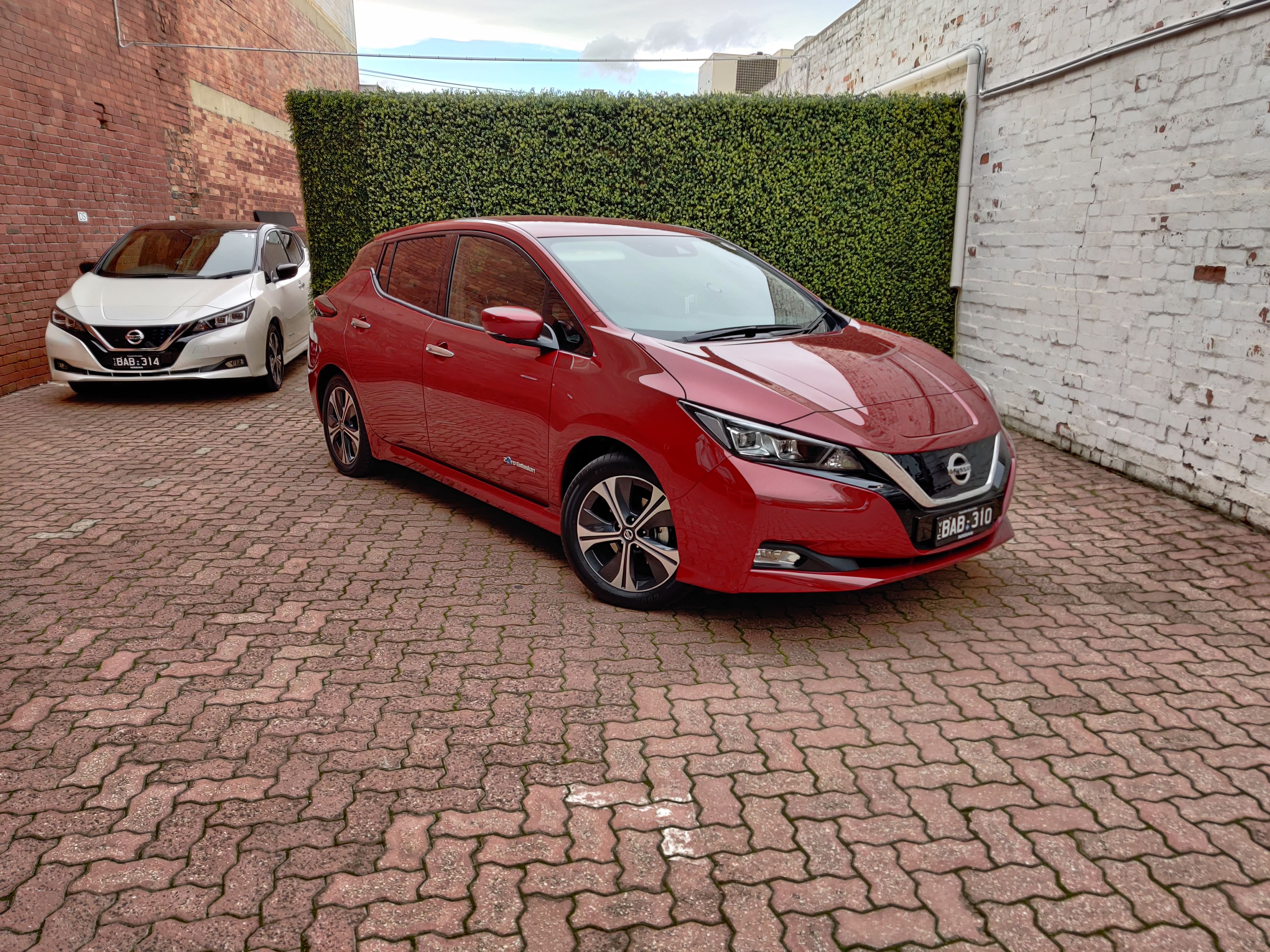

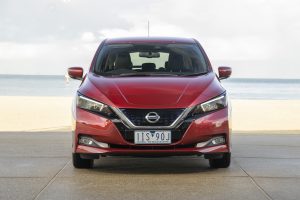
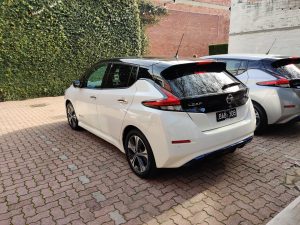

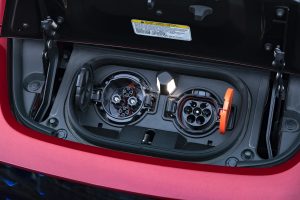

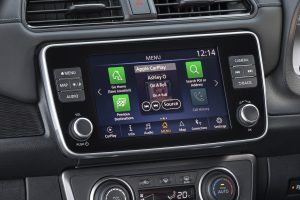
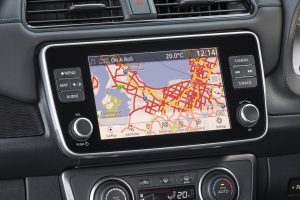


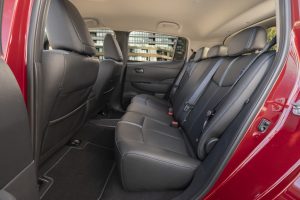
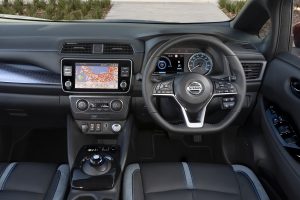




Chademo and max 50kw charge is too slow. Needs ccs2. No battery thermal management kills the battery quicker than it should.
It is a good little car to get around town if you charge at home and rarely go on a long drive. For me at this time the only option is a model 3 due to far faster charging when on long drives up the north coast.
It’s got cow leather seats. Definitely not green when you source from belching bovines.
I’m keen to test drive one when they are available locally (Canberra) and I’ve been in contact with one of the local dealers over last few months. Issues include the all charger is allegedly an extra and the prospect of the leaf plus model possibly coming later. Arguably, the Leaf Plus is much better for Australian market. Natural competitor is the cheaper of the two models of Tesla Model 3. Advantages of Leaf are availability and local support. If Tesla had a local point of contact and it was possible to rely on same level of support, then it would… Read more »
Nice to have another electric option. Having said that at this price the Leaf doesn’t stand up to the competition imo. Hyundai’s Kona electric has a driving range that’s well over 50% more for 20% more purchase price. These smaller city electric vehicles need a sharp drop in price before I’d consider purchasing one.
Have you costed the price of all that liquid fossil you buy each year?
It’s the up front sticker price that is the problem.
With hybrid or ICE, you don’t see the total annual cost for petrol as part of the sticker price.
Until the sticker price for electric vehicles in Australia is bought down to what the equivalent capacity hybrids and ICE are, electric vehicles in Australia will never be a going concern. They’ll just be greenwashing for the wealthy.
I was comparing to other electric vehicles. The leafs not alone, the smaller range ‘city’ electric vehicles just don’t compare value wise to their longer range siblings.